Tummal Inscription’ – Thirty-Two Lines Of Sumerian Document Popular In Babylonian Schools
MessageToEagle.com – The kings mentioned in the “Sumerian King List” are also attested in other important, historiographical sources.
The so-called “Tummal Inscription” (also known as “Tummal Chronicle”) that dates back to early Old Babylonian period, is one of them.
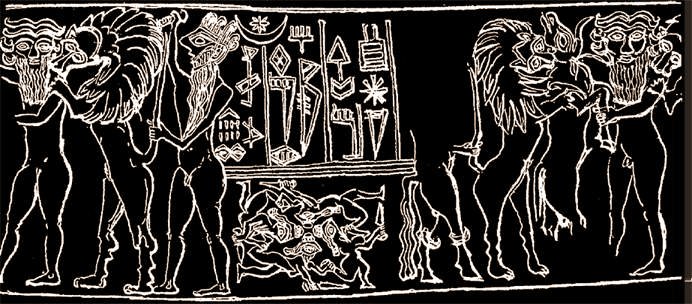
It is a writing of ancient Sumer from the time of the ruler Ishbi-Erra, an important a high-ranking official of the last king of Sumer and Akkad and last king of the Ur III dynasty.
Ishbi-Erra established his authority over much of the region controlled by the Ur III dynasty before its collapse.
The “Tummal Inscription” – especially useful in the understanding of the archeology and history of Gilgamesh – lists the names of the rulers who constructed Enlil’s temple in Nippur and Ninlil’s temple Tummal.
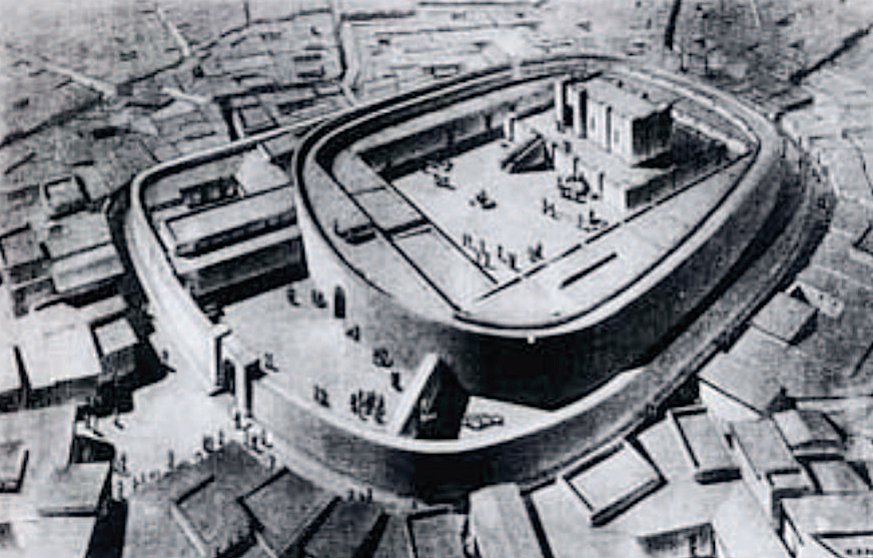
Among them, there were such prominent personalities as: Enmebaragesi, king of Kish and his heir Agga, Mes-an-ni-pa-da and his son Meskiagnunna, kings of Ur and the famous Gilgamesh, and his son Urlugal, who rebuilt the sanctuary of the goddess Ninlil in Tummal, a sacred quarter in her city of Nippur.
See also
Sumerian King List – Ancient Record Of Kingship That Has Long Been Of Great Interest
Researchers have discovered several copies of the “Tummal Inscription”, which indicates that the document was a popular document in the Babylonian schools.
Two of the copies were found by Samuel Noah Kramer (1897 – 1990), one of the world’s leading Assyriologists and a world-renowned expert in Sumerian history and Sumerian language.

The “Tummal Inscription” credits king of Kish, Enmebaragesi with building of the first temple for Enlil in Nippur. Moreover, the document lists this particular king as its first builder and suggests that Enmebaragesi was recognized as the first king over the whole Sumer, with high ambitions for territorial expansion.
Both “Tummal Inscription” and the famous “Sumerian King List” underline the importance of Enmebaragesi (ca 27th-26th century BC, the end of the Early Dynastic II period in Sumer).
This historical data has also been confirmed by archaeological evidence in form of alabaster vessels covered with dedication inscriptions of Enmebaragesi. One of these important artifacts was unearthed during excavations of the Oval Temple in Khafaje or Khafajah (ancient Tutub), an archaeological site located about 7 miles (11 km) east of Baghdad, Iraq.
Today, researchers still focus on this ancient Sumerian dokument, which represents an expanded king-list based on the standard Old Babylonian copy-texts, which exist in numerous examples, from Ur and Nippur.
Copyright © MessageToEagle.com This material may not be published, broadcast, rewritten or redistributed in whole or part without the express written permission of MessageToEagle.com
Expand for referencesReferences:
T. Bryce, The Routledge Handbook of the Peoples and Places of Ancient Western Asia
D. Katz, GHilgamesh and Akka
Related Posts
-
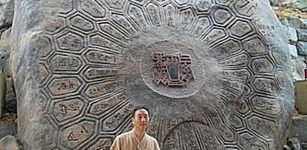 Giant Turtle-Shaped Rock Wangsan, Korea – One Of The Strongest Sources Of “ki”
No Comments | Jun 24, 2015
Giant Turtle-Shaped Rock Wangsan, Korea – One Of The Strongest Sources Of “ki”
No Comments | Jun 24, 2015 -
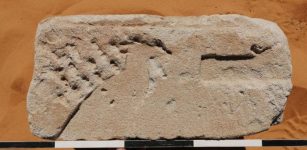 Hieroglyphs Discovered In Sudan’s Old Dongola – Once Important City Of Nubia
No Comments | Mar 14, 2023
Hieroglyphs Discovered In Sudan’s Old Dongola – Once Important City Of Nubia
No Comments | Mar 14, 2023 -
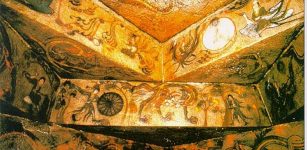 Complex Of Goguryeo Tombs: Beautiful Ancient Wall Paintings Displaying History And Mythology Of North Korea
No Comments | Nov 8, 2016
Complex Of Goguryeo Tombs: Beautiful Ancient Wall Paintings Displaying History And Mythology Of North Korea
No Comments | Nov 8, 2016 -
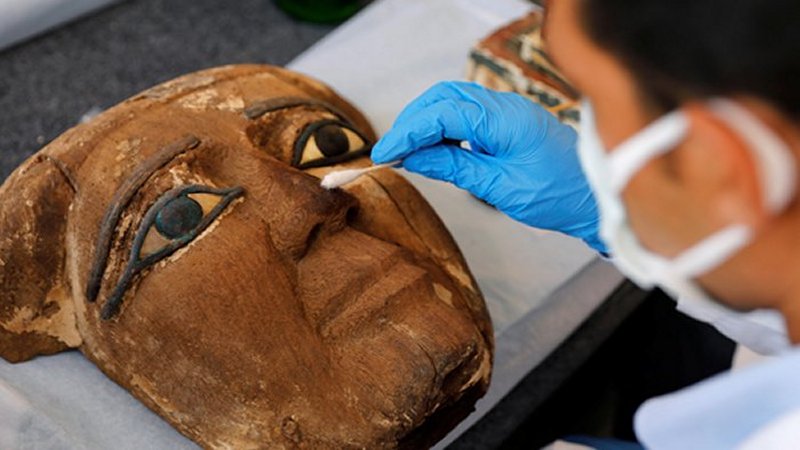 Saqqara Necropolis: Biggest Archaeological Discovery In 2020 – Photos Revealed
No Comments | Nov 14, 2020
Saqqara Necropolis: Biggest Archaeological Discovery In 2020 – Photos Revealed
No Comments | Nov 14, 2020 -
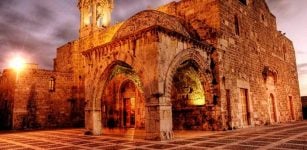 Ancient Byblos: Powerful Phoenician City With Own Kings
No Comments | Apr 27, 2016
Ancient Byblos: Powerful Phoenician City With Own Kings
No Comments | Apr 27, 2016 -
 Rare 3,000-Year-Old Jerubbaal Inscription Of Biblical Judge Discovered In Israel
No Comments | Jul 14, 2021
Rare 3,000-Year-Old Jerubbaal Inscription Of Biblical Judge Discovered In Israel
No Comments | Jul 14, 2021 -
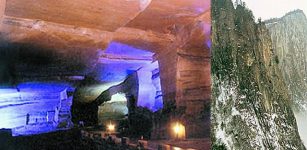 Unanswered Questions Related To The Mysterious Huashan Caves
No Comments | Feb 10, 2015
Unanswered Questions Related To The Mysterious Huashan Caves
No Comments | Feb 10, 2015 -
 Ostia Antica – Unique Ancient Harbor City In The Suburbs Of Rome
No Comments | Mar 14, 2016
Ostia Antica – Unique Ancient Harbor City In The Suburbs Of Rome
No Comments | Mar 14, 2016 -
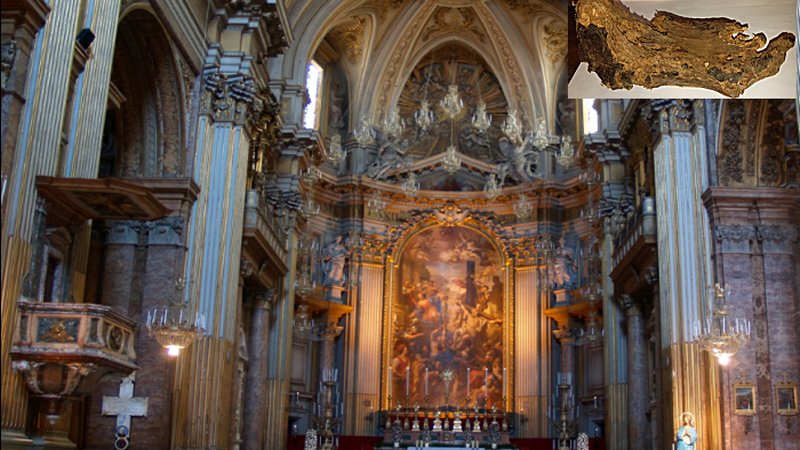 Are Relics In Santi Apostoli Church Really The Remains Of St. James And St. Philip?
No Comments | Feb 8, 2021
Are Relics In Santi Apostoli Church Really The Remains Of St. James And St. Philip?
No Comments | Feb 8, 2021 -
 The 426-Km-Long Roman Aqueduct Provided Water For Constantinople – New Study
No Comments | May 12, 2021
The 426-Km-Long Roman Aqueduct Provided Water For Constantinople – New Study
No Comments | May 12, 2021
